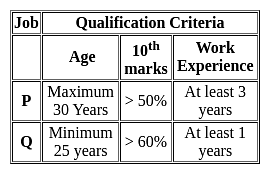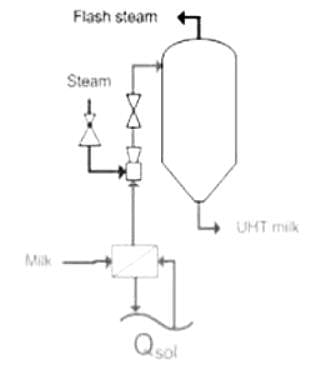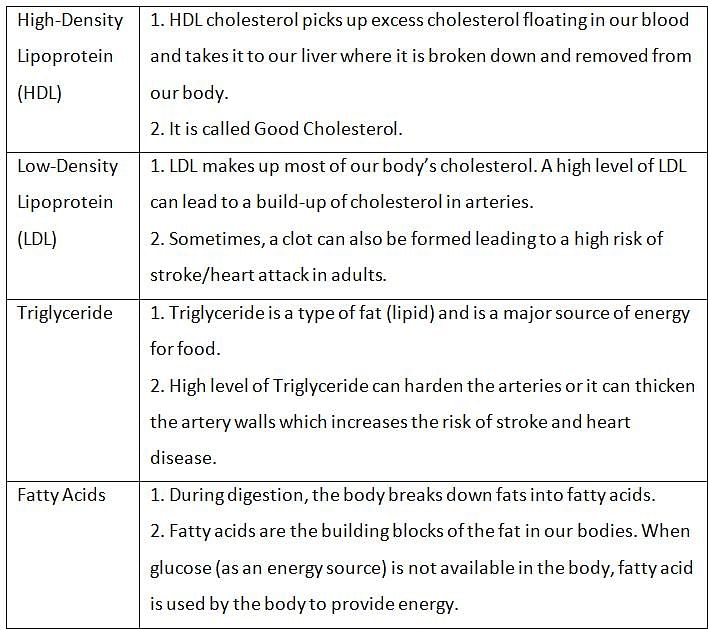FSSAI TO / AD (Technical) Mock Test - 2 - Agriculture Exams MCQ
30 Questions MCQ Test FSSAI TO / AD (Technical) / CFSO Mock Test Series 2024 - FSSAI TO / AD (Technical) Mock Test - 2
The present age of Annu and Raj are in ratio of 4 : 5. 8 years from now, the ratio of their age will be 5 : 6. Find their present age (in years):
In which operator in excel result is a logical value?
| 1 Crore+ students have signed up on EduRev. Have you? Download the App |
Free of cost repair of software bug available at Internet is called ….
What was the first computer with NO mechanical parts created by JW Mauchly and J Presper Eckert in 1943 called?
Ravi goes 40 km to North, then turns right and walks 50 km then again turns right and walks 30 km, then again turns right and walks 50 km. Now how many km away is he from his original position ?
Which of the following you must complete first in order to delete an object?
_________ is part of quality management focussed on providing confidence that quality requirements will be fulfilled.
Pseudomonas nigrifaciens in mildely salted butter may cause
Which of the following is related to FSSAI licensing/registration?
The process in which a specially designed hermetic centrifuge is used to separate bacteria and especially the spores formed by specific bacteria strains, from milk is known as
Organic acids used in food preservation include:
The category of cholesterol which is also referred to as 'good cholesterol' is:
Which of the following are the Food Security Programs and Schemes in India?





















